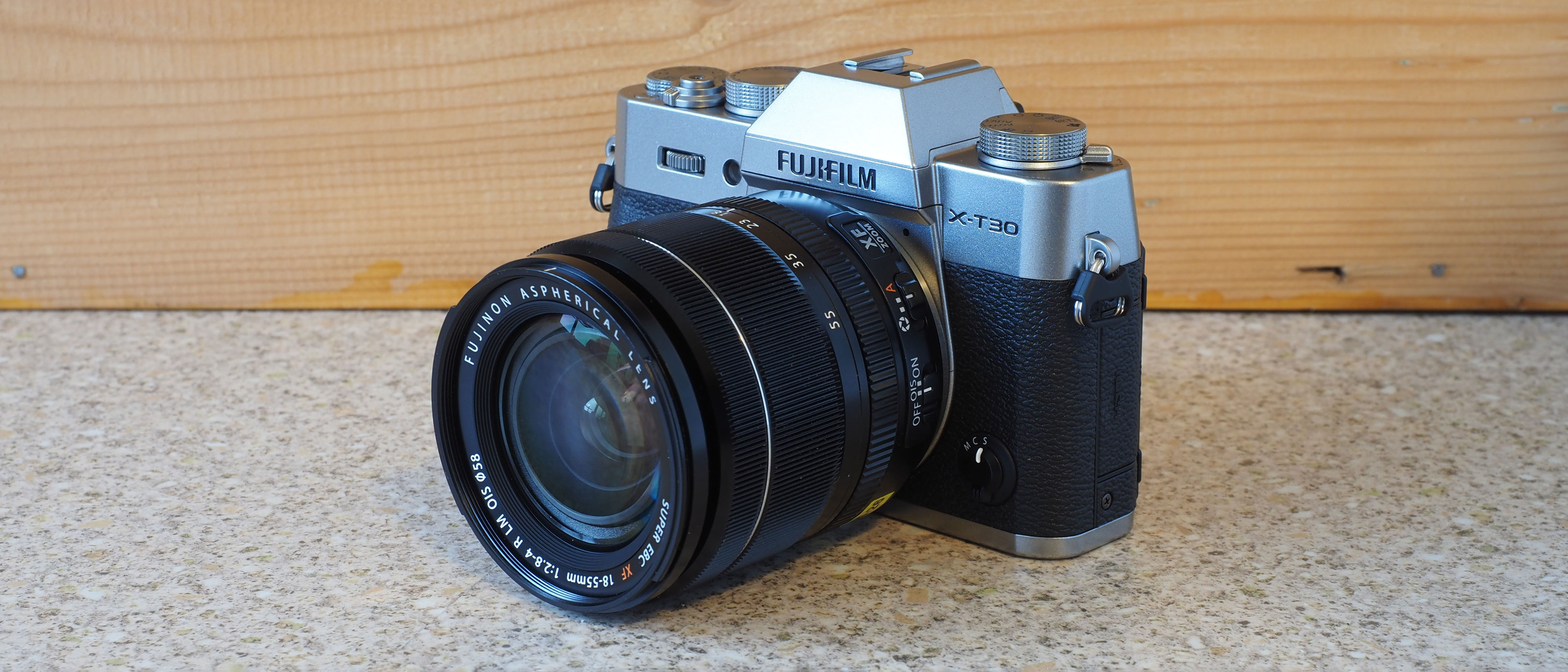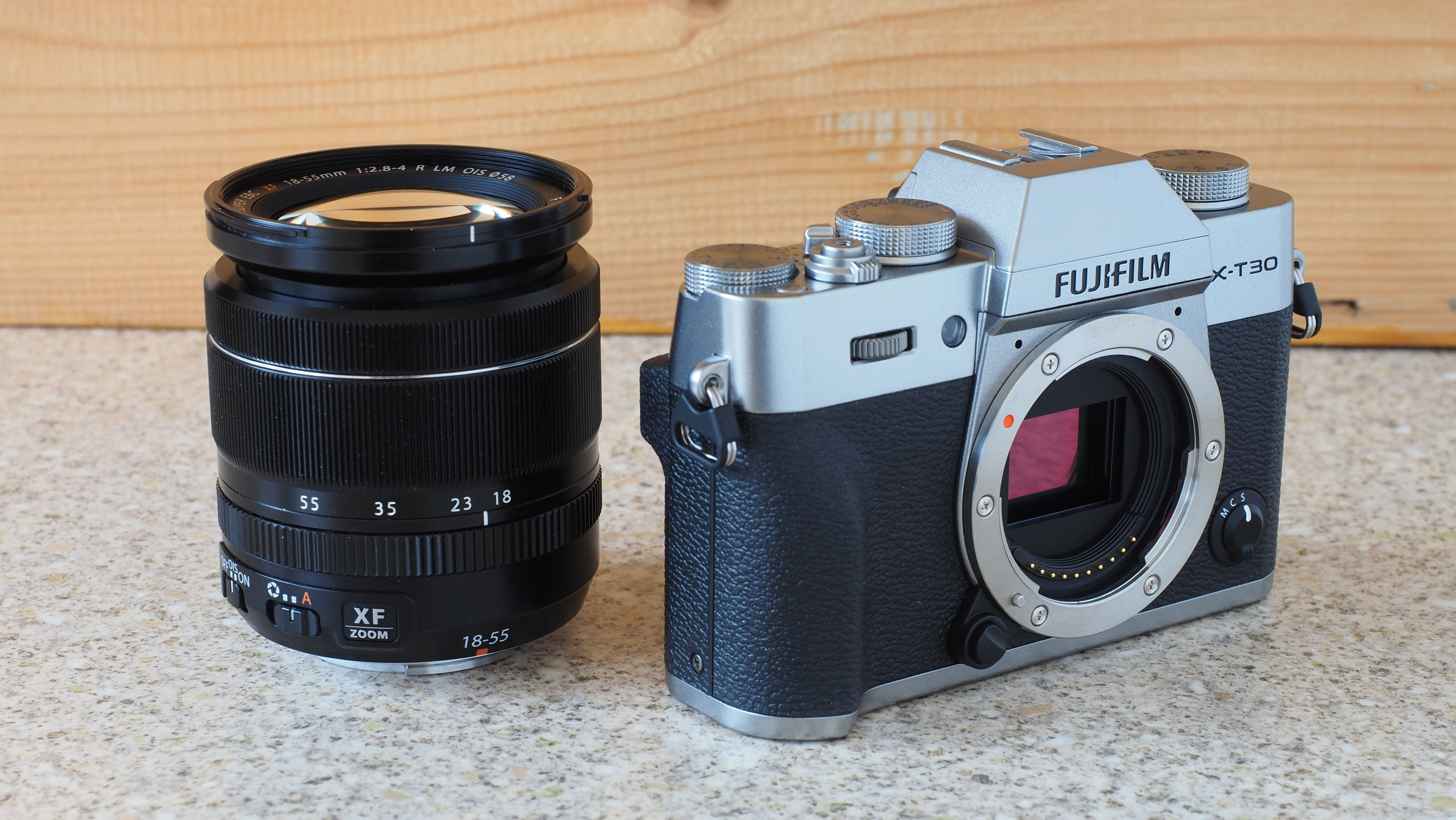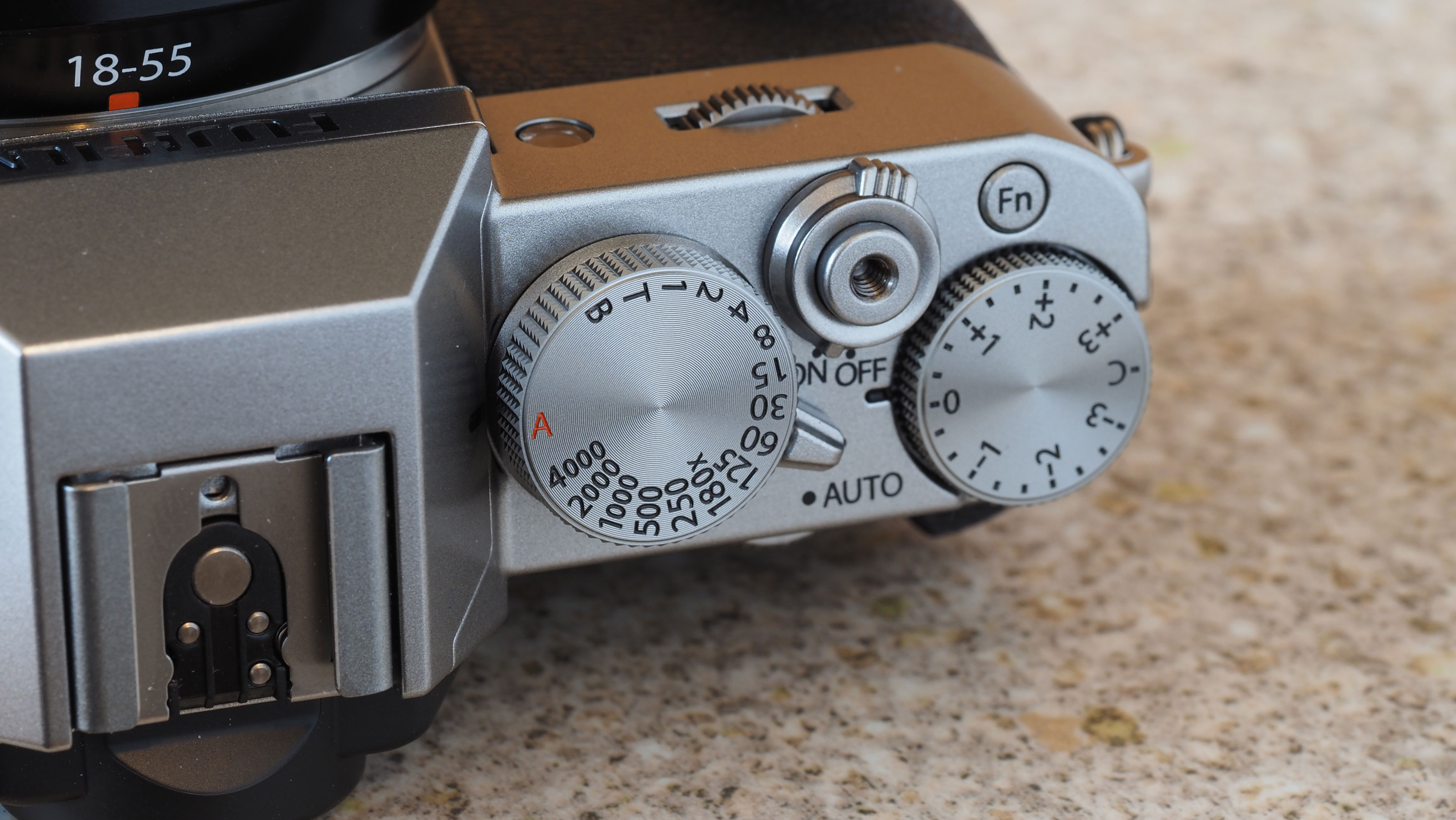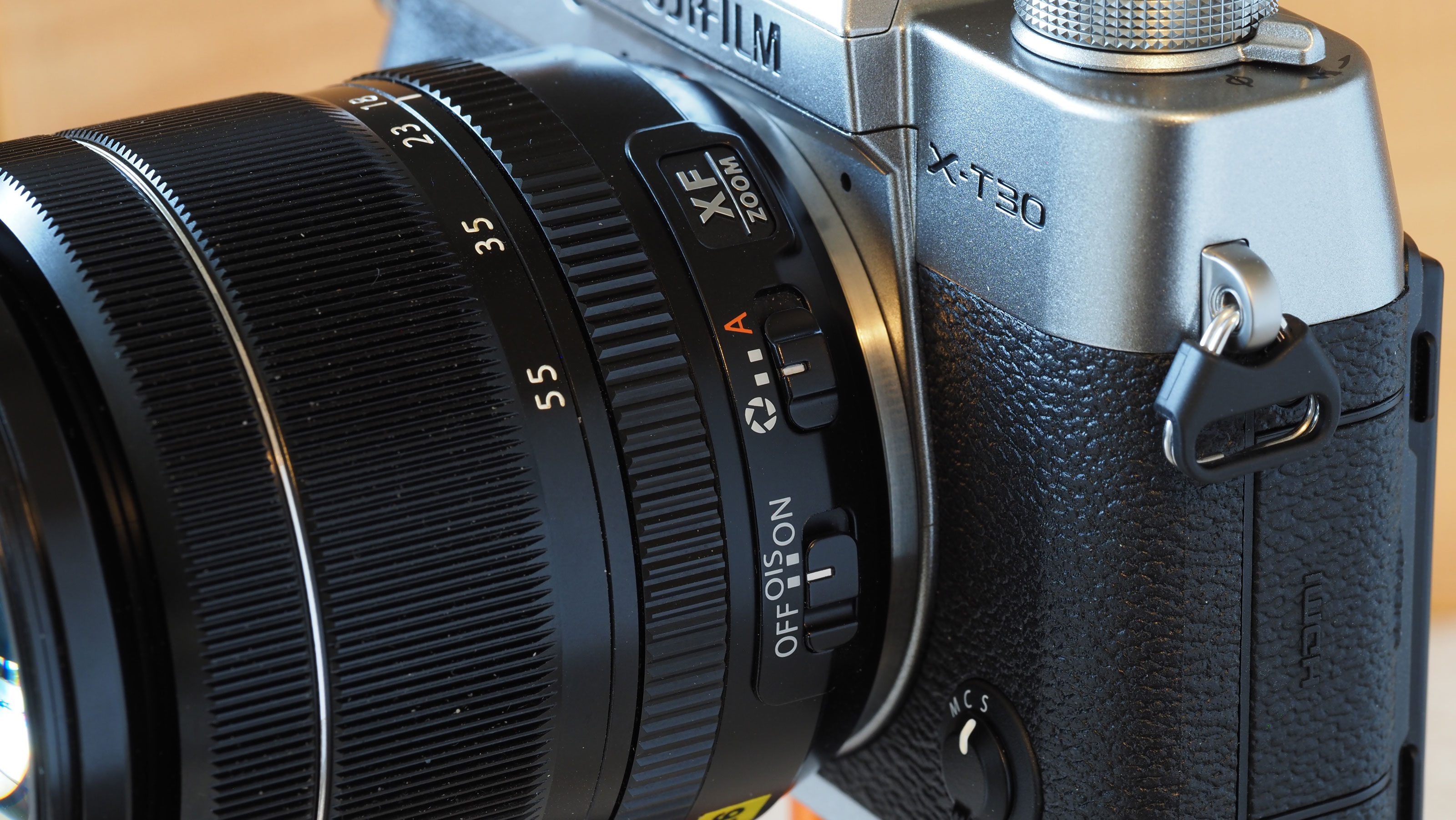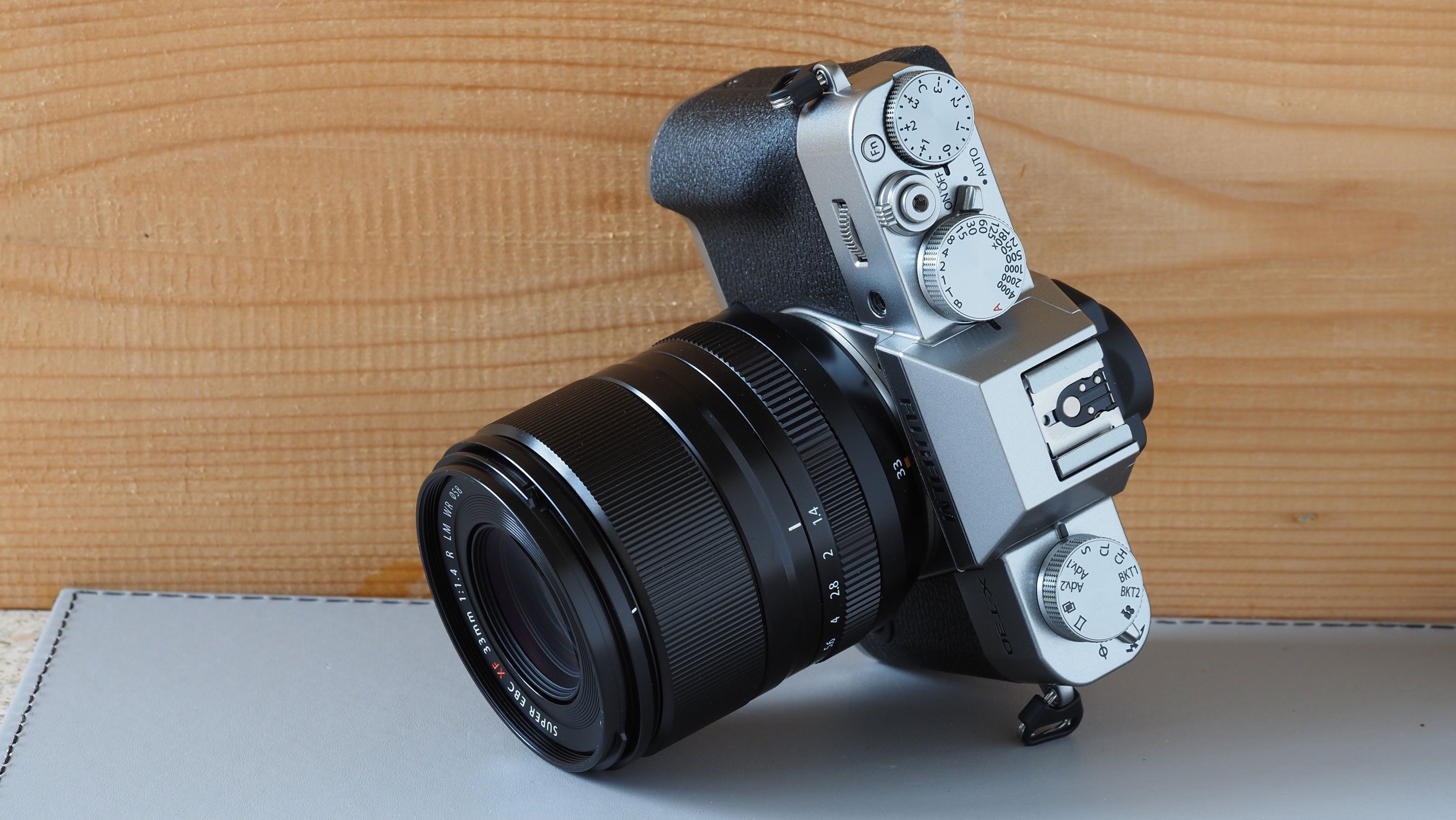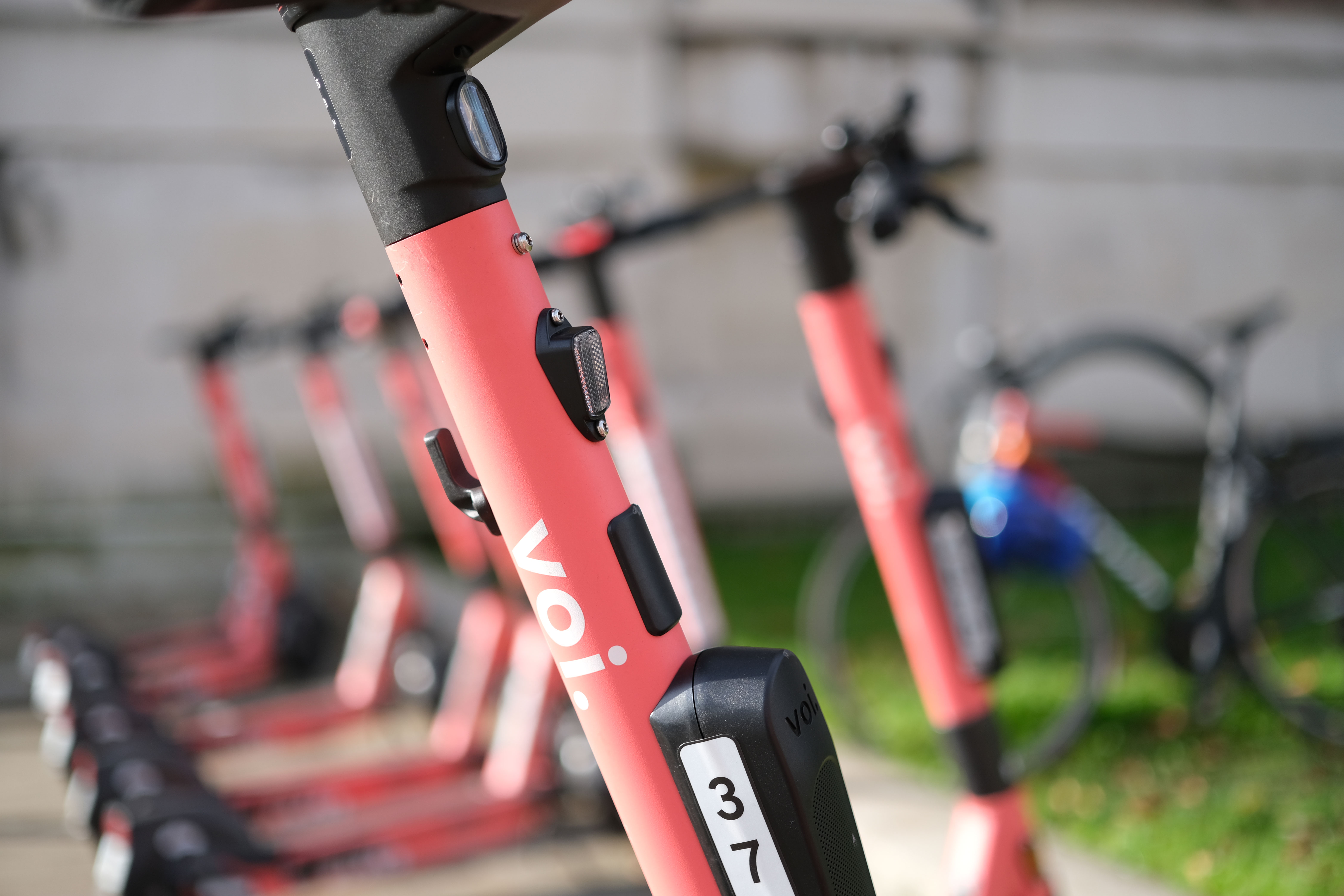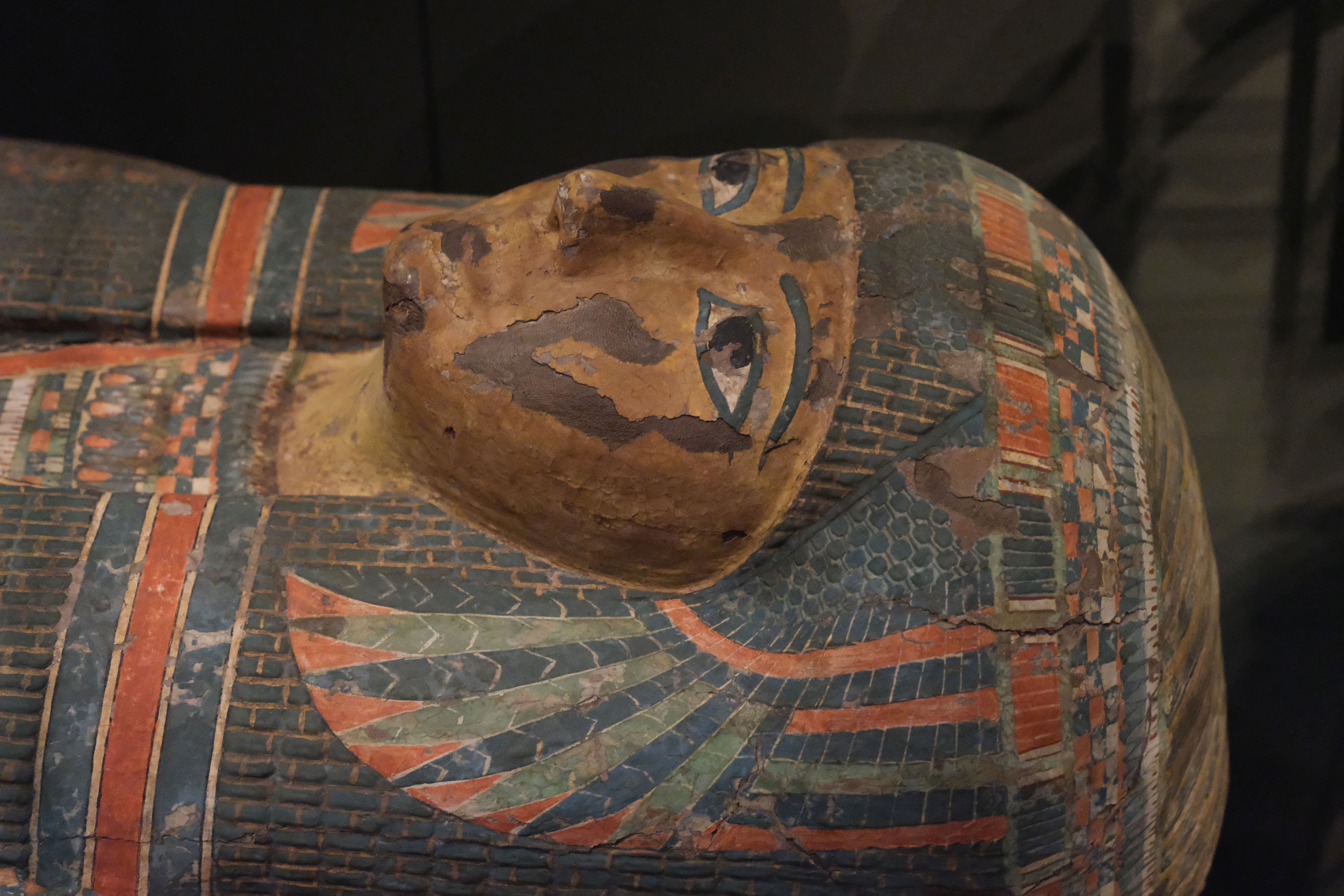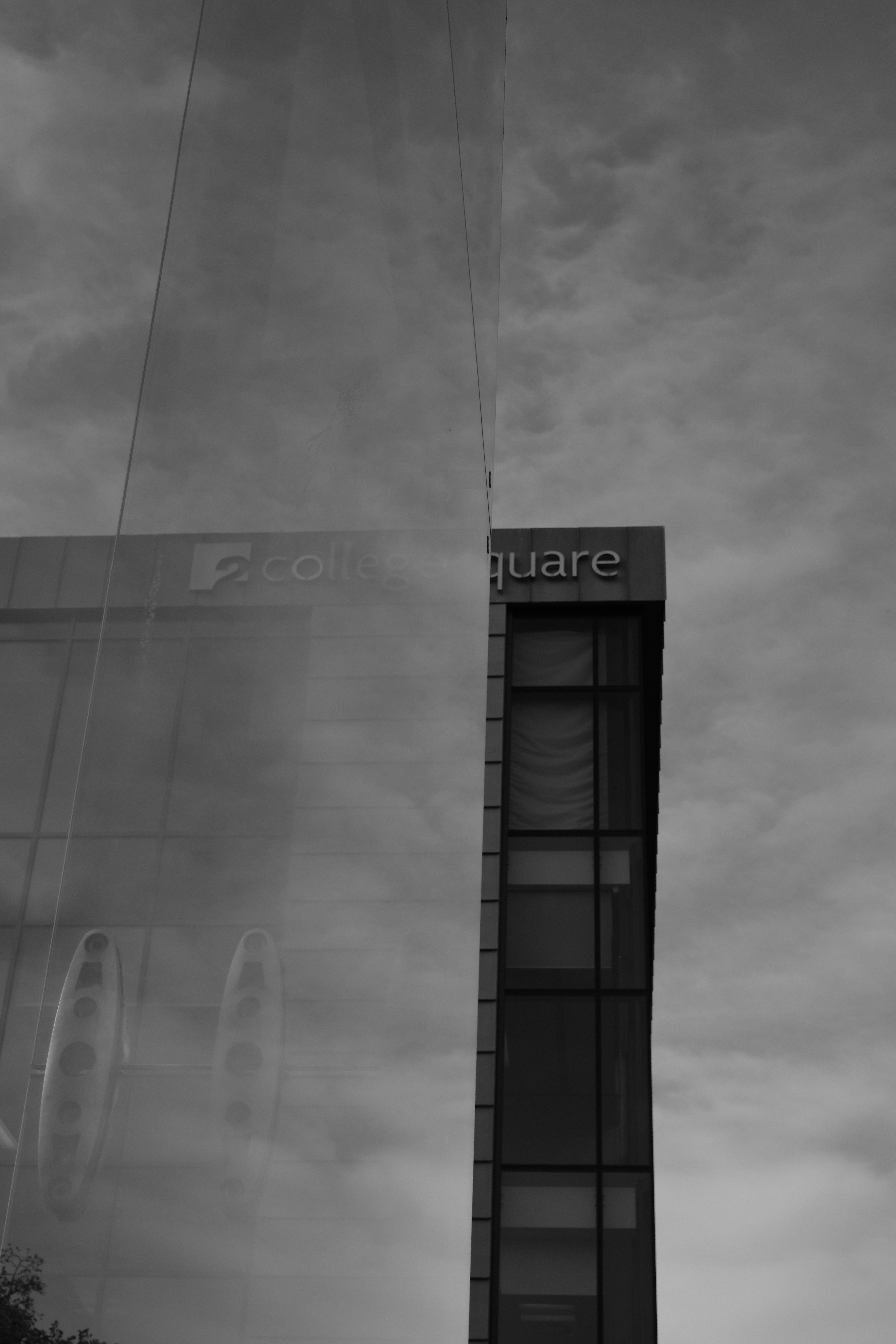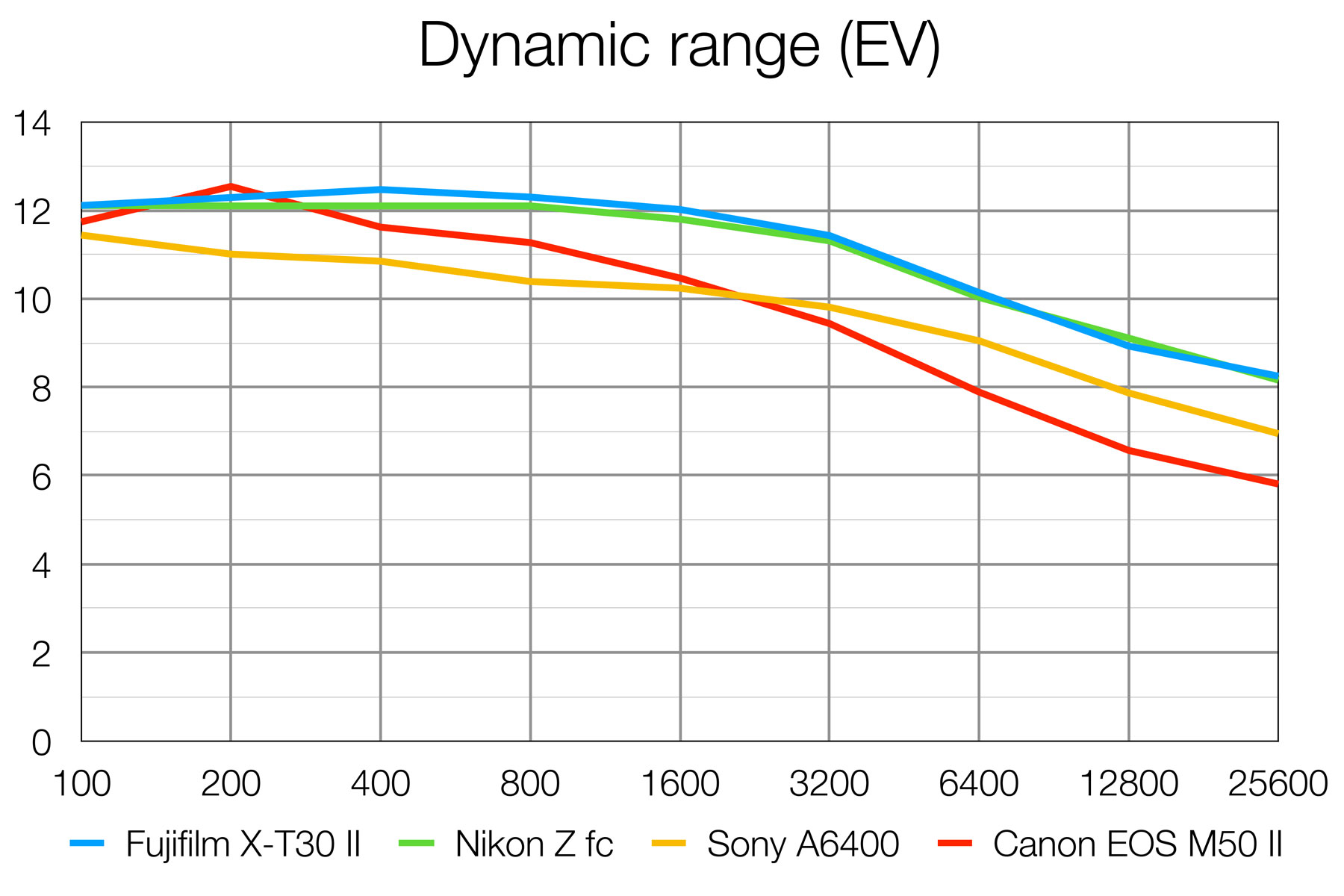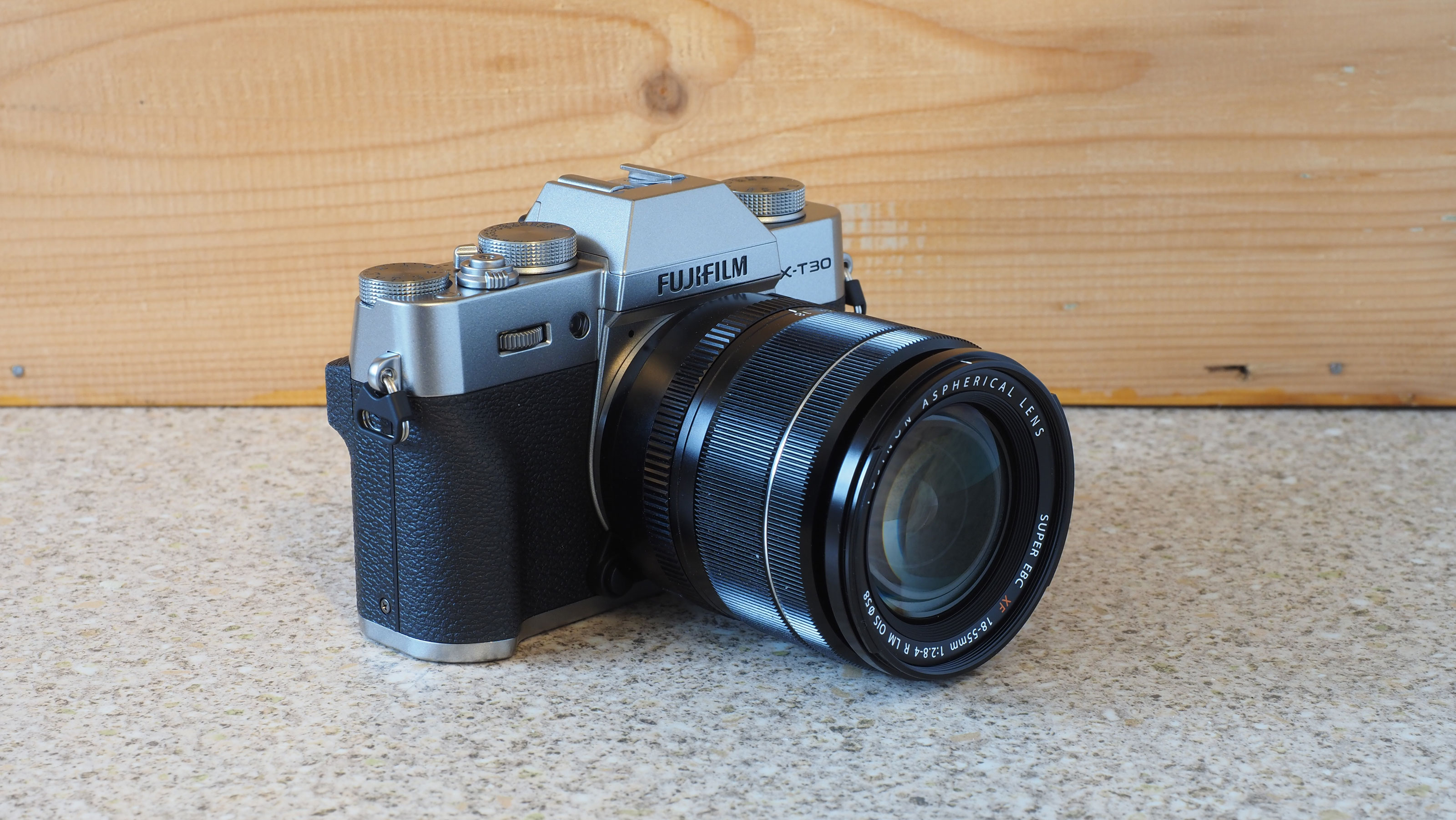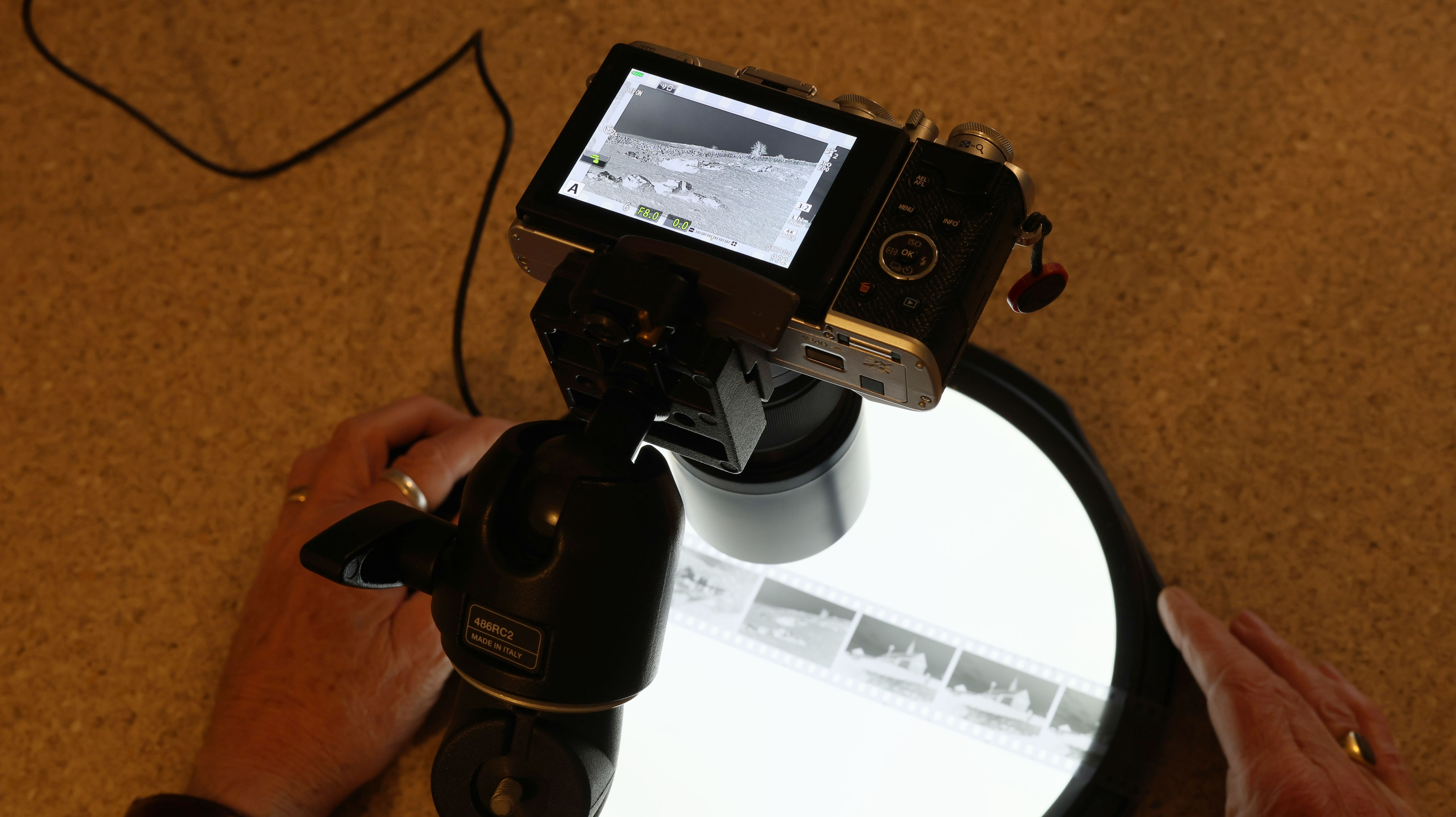Digital Camera World Verdict
It’s great to see the Fujifilm X-T30 II continue, even if it is just a tiny refresh. Fujifilm’s pint-sized retro camera doesn’t just look cool but works well too, with old-school shutter speed and aperture dials (many but not all lenses) replacing a regular mode dial. The lack of in-body stabilization is a shame, however, and the positioning of the Q button on the thumb grip is maddening! The images, however, are terrific.
Pros
- +
Classic exposure controls
- +
Compact size
- +
Excellent image quality
- +
Value for money
Cons
- -
Q button placement
- -
No in-body stabilization
- -
Best with smaller lenses
Why you can trust Digital Camera World
The Fujifilm X-T30 II is a modest refresh of the original X-T30, launched back in February 2019. It’s a very compact APS-C mirrorless camera, with classic external controls and a distinct retro look.
Previously, the X-T30 was one of Fujifilm’s mid-high end cameras, but now that the entry level X-A7 and X-T200 appear to have been dropped, the X-T30, and now the X-T30 II, are Fujifilm’s new entry-level option, along with the rangefinder style Fujifilm X-E4 and the more mainstream X-S10, which we think is one of the best mirrorless cameras around right now.
The X-T30 II has Fujifilm’s latest and best 26.1-megapixel sensor, 4K video and 8fps continuous shooting. Technically, it has a lot in common with the similar priced X-S10, while Fujifilm’s flagship X-T4 is a whole step above, with better 4K video, faster burst shooting and in-body stabilization.
Still, despite its small size, the X-T30 II is a powerful mid-range device that would suit any enthusiast looking for a compact and lightweight camera.
Specifications
Sensor: 26.1MP APS-C X-Trans CMOS 4
Image processor: X-Processor 4
AF points: 2.16 million phase AF pixels, 100% coverage
ISO range: 160 to 12,800 (exp. 80-51,200)
Max image size: 6,240 x 4,160
Metering modes: TTL 256-zone metering, Multi / Spot / Average / Center Weighted
Video: 4K DCI/UHD at 30p, 25p, 24p
Viewfinder: EVF, 2.36m dots, 100% coverage
Memory cards: SD/SDHC/SDXC, UHS-I
LCD: 3-inch tilting touchscreen, 1.62m dots
Max burst: 8fps mechanical shutter, up to 30fps with electronic shutter and 1.25x crop
Connectivity: Wi-Fi, Bluetooth
Size: 118.4 x 82.8 x 46.8mm
Weight: 378g (with card and battery)
Key features
This is a small but powerful camera. Inside is a 26-megapixel Fujifilm X-Trans sensor that has a small but useful advantage over its 20-24 megapixel rivals – though the Canon EOS M6 II still beats them all with 32.5MP.
There’s no in-body stabilization, which is a shame, given that the Fujifilm X-S10 does have this. Also, the rear screen only has a tilting action, where the X-S10 has a full vari-angle mechanism.
The best camera deals, reviews, product advice, and unmissable photography news, direct to your inbox!
The X-T30 II also boasts a sophisticated phase-detect autofocus system covering the full frame, with the ability specify focus zones and single points. Its continuous shooting speed is good for a camera in this class at 8fps, though if you switch to the electronic shutter, it’s capable of 30fps, though with a slight 1.25x crop.
The X-T30 II can capture uncropped 4K video. The maximum frame rate for 4K is 30p, but if you switch to full HD capture it can shoot at up to 240p for a 6x slow motion effect (if played back at 30fps). It does not offer 10-bit capture, Log modes or all-intra compression, though, and the lack of in-body stabilisation makes hand-held filming a lot less steady. It’s a perfectly good ‘casual’ video or vlogging camera, but you probably wouldn’t use it for serious filmmaking.
Build and handling
The key feature of the X-T30 II, apart from its size, is its exposure controls. On the top of the camera is a shutter speed dial, while around many Fujinon lenses is an aperture ring. Both have ‘A’ settings, so by combining manual adjustments and these ‘A’ settings on either, you get a full set of PASM exposure modes, and the camera doesn’t need a mode dial.
Not all Fujinon lenses, especially the cheaper zooms, have aperture rings. Here, you control the aperture with an unmarked ring on the lens or via the camera controls. It doesn’t quite have the same appeal but it works perfectly well.
We loved the original Fujifilm X-T30 but commented on its size and, especially, the placement of the Q button on the back of the thumb grip. This proved equally frustrating with the X-T30 II, and the chance to try the camera all over again proved that it wasn’t something we would just get used to. If you like to carry a camera around gripped in your right hand, you’ll be forever calling up the Q menu screen by accident.
We also disabled the touchscreen. The size of this camera means its quite difficult to handle it without touching the screen, and we got fed up of playing ‘find the focus’ point every time we went to take a shot – or worse, assuming it’s in the center where you left it, whereas it’s actually in the bottom left corner.
Those complaints aside, the X-T30 II feels a very well made camera, and the external exposure controls are refreshing after the dial/button/digital interfaces of most cameras.
The X-T30 II handles best with Fujifilm’s smaller lenses. The XF18-55mm F2.8-4 is a pretty good match, but the XC15-45mm F3.5-5.6 even better. It handles especially well with Fujifilm’s neat little F2 primes.
Performance
Real world tests and our lab results tell the same story. The X-T30 II’s X-Trans sensor is probably the best APS-C sensor on the market right now for its all-round blend of resolution, noise control and dynamic range.
The JPEGs straight from the camera are very good, and the X-T30 II adds a further two Film Simulation modes – Classic Neg and Eternal Bleach Bypass. In fairness, if you shoot RAW and use software like Lightroom or Capture One, you’ll be able to select from an even wider and better range of looks, but Fujifilm’s Film Simulations are great for JPEG fans (and you can auto-bracket them if you want to decide on a look later).
The X-T30 II, like other Fujifilm cameras, has an interesting High Dynamic Range mode which adjusts the exposure and the tone curve to capture a much wider brightness range both in JPEGs and RAW files – and it’s very effective.
The autofocus system is similarly effective, though the touch-focus and touch-shutter options are a blessing and a curse at the same time – they are a quick and effective way to focus and fire for those used to smartphones, but they’re also too easy to activate accidentally while you’re holding and operating the camera.
The continuous AF and AF tracking are capable of keeping up with moving subjects perfectly well, but the size and shape of the X-T30 II mean it’s not really suited to big lenses and sports/wildlife photography.
Lab results
We compared the lab results from the X-T30 II with those of three close rivals: the retro-styled Nikon Z fc, the compact Sony A6400 stills/vlogging camera and the beginner-orientated Canon EOS M50 II.
Resolution
We test resolution using standardized ISO resolution charts across a range of ISO settings, and quote the results as line widths/picture height, a widely recognised method of measurement that’s independent of sensor size.
Here, the X-T30 II is closely matched by the Sony and the Canon right up to ISO 3200, where it takes a slight lead. All three deliver very good resolution for APS-C cameras. The Nikon Z fc lags a little way behind – it has a lower resolution 20MP sensor.
Signal to noise ratio
This is tested using DxO Analyzer hardware and software, and measures the ratio of actual image data (the signal) against random background interference (noise). The higher the signal to noise ratio, the better.
The X-T30 II has a narrow advantage at higher ISO settings, but all four cameras are pretty close. The Sony A6400 is the weakest, especially a higher ISOs – the camera is relatively new, but this sensor design has been around for a while now.
Dynamic range
We test this using DxO Analyzer hardware and analysis software. It measures the maximum brightness range the camera can record, expressed in EV values (stops). The higher the value the better.
The X-T30 II and Nikon Z fc lead the field here, with the Canon and the Sony trailing somewhat. The Canon is better than the Sony at low ISOs, but worse from ISO 3200 and above.
Verdict
When the original X-T30 came out in 2019, it was like a ‘baby’ version of Fujifilm’s flagship camera at that time, the X-T3, and they were actually quite close in their capabilities.
Since then, the X-T4 has replaced the X-T3, with better video, in-body stabilization and a vari-angle screen – it’s now a much more powerful camera. The X-S10 has also come along, with IBIS and a vari-angle screen, and while it lacks the X-T30 II’s retro controls, it’s undeniably a better camera. Lastly, the X-E4 has arrived to offer the same retro controls as the X-T30 II but in an even smaller body.
The original X-T30 was a great little camera in its day, but while the X-T30 II has all the same appeal, it’s been left in the shade by newer X-series cameras – and that dratted Q button placement is still SO annoying!
Read more:
• Best Fujifilm cameras
• Best mirrorless cameras
• Best cameras for enthusiasts
• Best travel cameras
• Best retro cameras

Rod is an independent photography journalist and editor, and a long-standing Digital Camera World contributor, having previously worked as DCW's Group Reviews editor. Before that he has been technique editor on N-Photo, Head of Testing for the photography division and Camera Channel editor on TechRadar, as well as contributing to many other publications. He has been writing about photography technique, photo editing and digital cameras since they first appeared, and before that began his career writing about film photography. He has used and reviewed practically every interchangeable lens camera launched in the past 20 years, from entry-level DSLRs to medium format cameras, together with lenses, tripods, gimbals, light meters, camera bags and more. Rod has his own camera gear blog at fotovolo.com but also writes about photo-editing applications and techniques at lifeafterphotoshop.com
